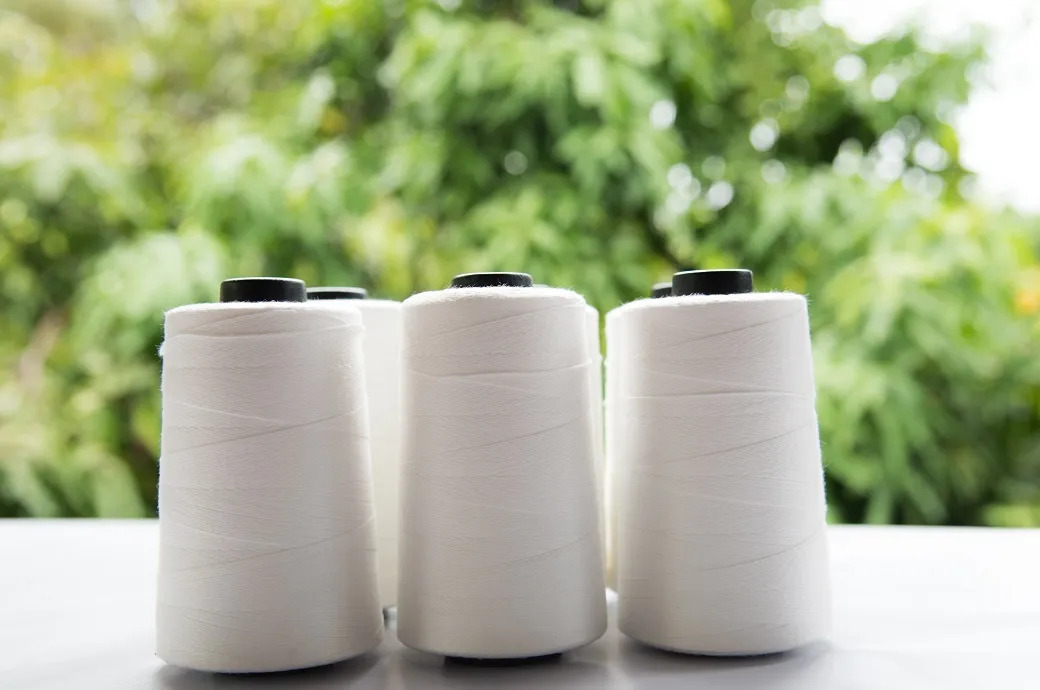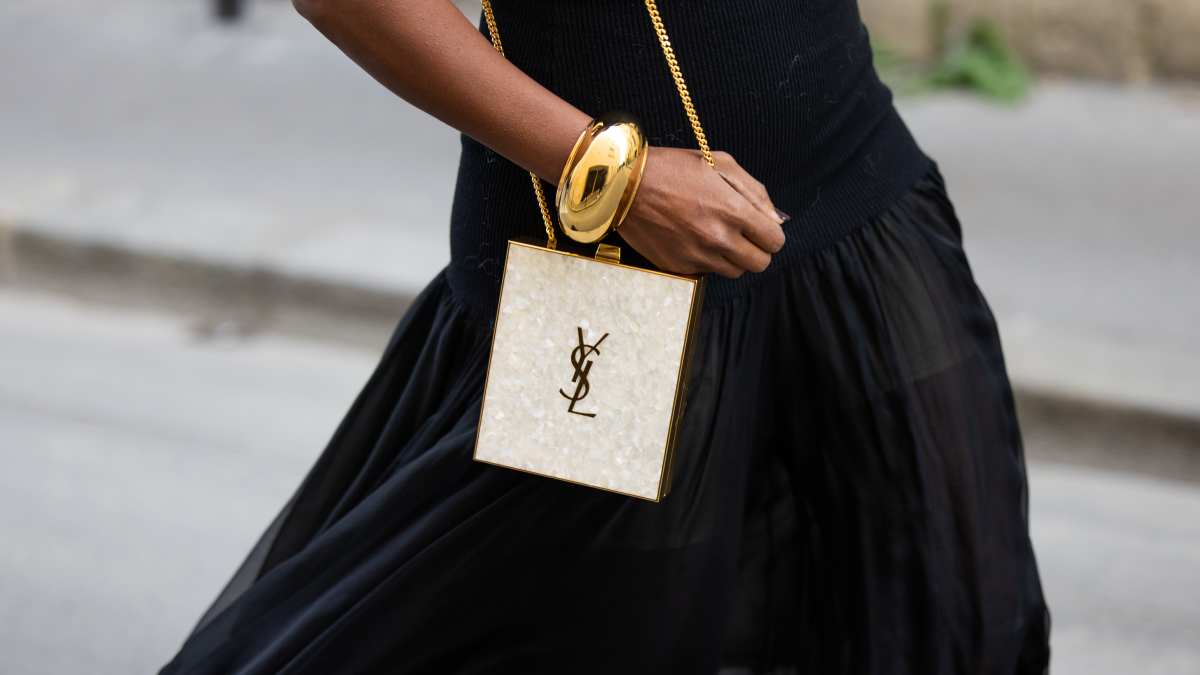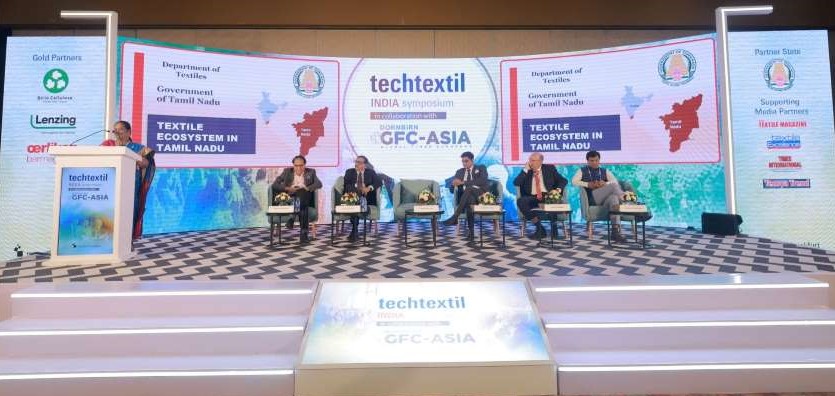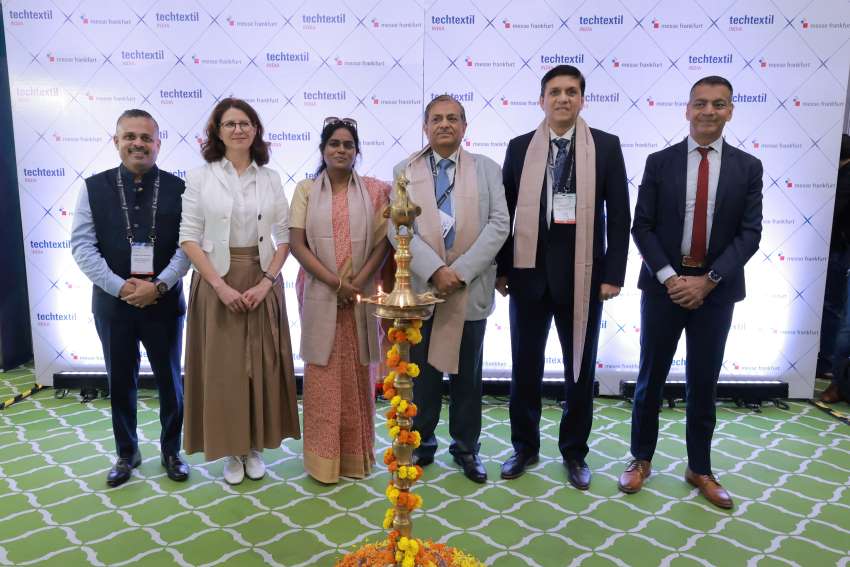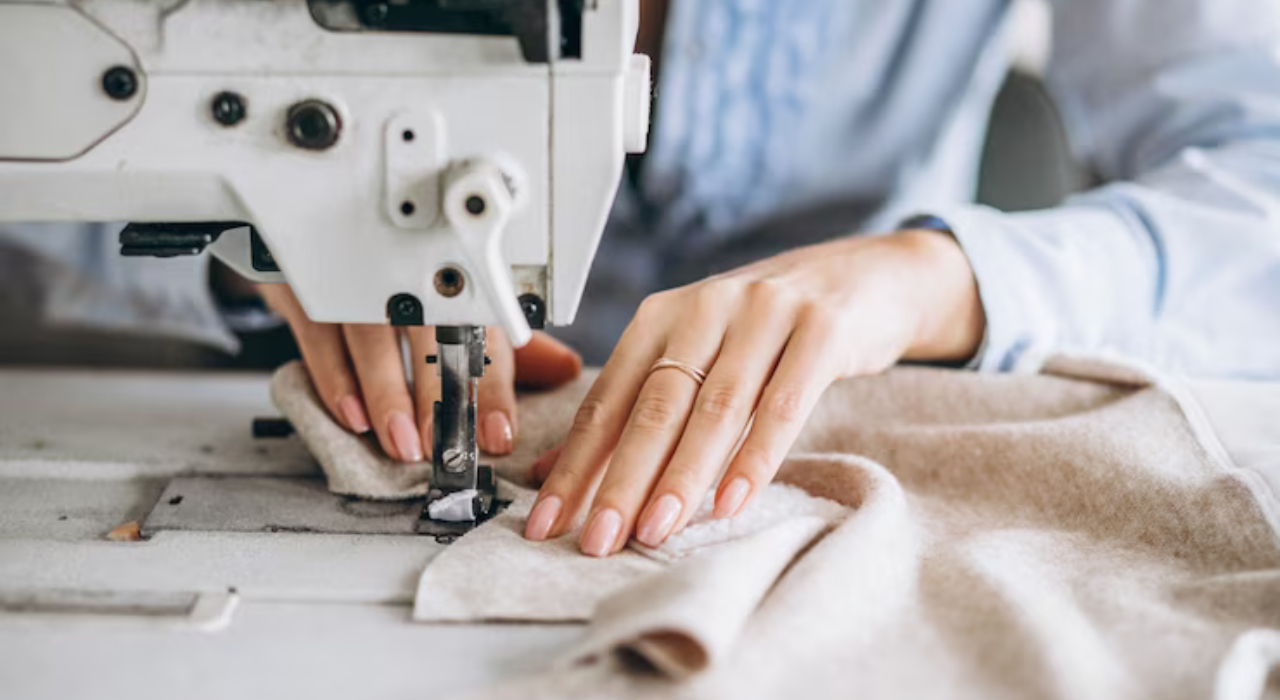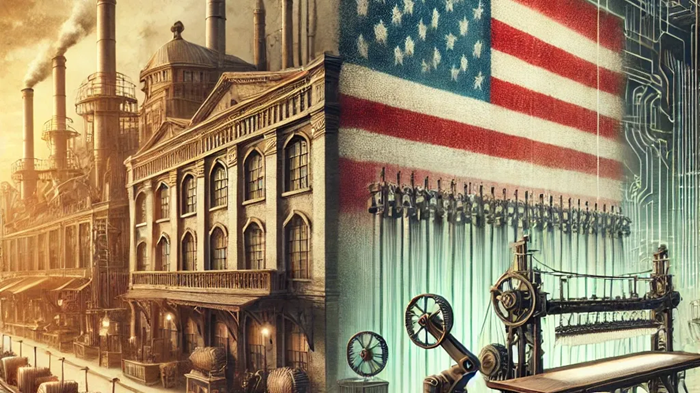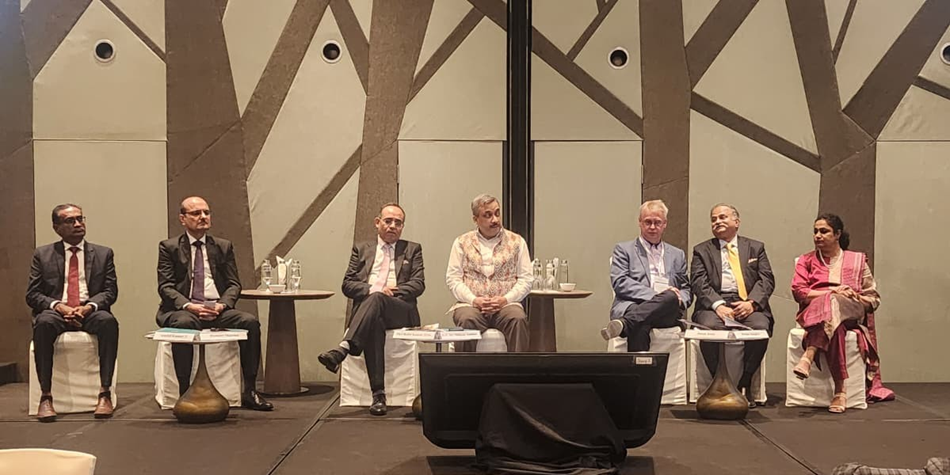FW
Over the last year, textile quantities produced by Première Vision exhibitors increased 2.1 per cent.
By economies, exhibitors from emerging markets claimed an increase of 9.8 per cent compared to a market gain of 4.2 per cent while exhibitors hailing from mature economies noted a 1.6 per cent gain compared to a 1.1 per cent dip across the whole developed market.
Asian exhibitors, meanwhile, witnessed a 5.9 per cent increase in 2015 as production slumped in Europe down 2.8 per cent.
Premiere Vision is a textile and leather trade show. In textiles as in leather, there is a premium in value-added materials. By material, Première Vision Leather exhibitors strengthened production by 3.9 per cent compared to only 0.9 per cent on the market as a whole. Emerging market leather producers do not attend the trade show, but production in these nations gained 2.9 per cent.. However exhibitors from developed nations were largely split. Première Vision producers recorded 3.9 per cent in growth in 2015 compared to a global market drop of 4.3 per cent.
Europe managed, however, to limit the impact of its production volume decrease when converted to sales. Asian exhibitors residing in developed markets also managed to maintain their revenue while emerging market producers saw an increase.
Clovia’s Everyday Essentials is a collection of lightweight, comfortable bras in highly usable styles and trendy patterns and in a wide range of vibrant colors.
Clovia is an Indian online lingerie brand. It aims to balance the art of lingerie designing with the latest technology.
The collection includes over 140 different products in a variety of styles like full coverage cups, low back thin band, and skin colored bras to wear under summer pastels and cotton T-shirts. This collection offers a great versatile range to go with different dress cuts and designs. The bras have also been designed to provide additional support with features like parallel five ring stitches and concealed support panels. They come in new and improved cotton and cotton spandex fabrics, focusing on everyday comfort with pop colors and prints.
Clovia's categories include a wide range of premium fashion lingerie, innerwear, nightwear, and shape wear. The company's attractive offers throughout the year in each of its categories allow consumers an indulgence in something fanciful at a reasonable cost.
With an in-house designing team and sourcing team, Clovia produces its own products with imported fabrics, laces. Clovia offers more than 200 styles a month and over 75 per cent of the inventory is less than 30 days old.
Acreage of American Pima cotton is up 23 per cent in California, Arizona, New Mexico, and Texas this season. California’s 1,53,000 acres represent a 53 per cent increase in acreage from last year and more than 80 per cent of the total US American Pima production. The acreage could have gone higher if water had been available. Low processing tomato prices also prompted the cotton acreage increase.
Export sales for 2016-2017 are off to a robust start with 2, 01,300 bales already registered compared to 70,500 bales last year at this time. The US produces 31 per cent of the world extra-long staple and long-staple cotton.
China is the biggest producer and consumer of ELS cotton, but its imports dropped sharply last season from 51 per cent of the world market to 35 per cent. Some of the loss was picked up with increased sales to India, Pakistan, and Turkey.
Global supply is expected to be smaller this year. Carryover stocks from the 2015-2016 crop are estimated to be virtually unchanged.
Consumption is forecast to increase further following a large increase last year. Global stocks at the end of this year are expected to be 9 per cent lower. Despite water challenges, yields of American Pima have done remarkably well.
Bayer’s plan to acquire Monsanto is likely to spur US regulators to demand the sale of some cotton seed assets to alleviate concerns that the $66 billion deal could hurt competition in one of the country’s largest row crops. The deal also faces conglomerate antitrust issues. Cotton seed, canola seed and glufosinate herbicide assets, with sales totaling about $1.2 billion, may need to be divested.
Monsanto became the largest US cotton seed company in 2007. To satisfy antitrust concerns, Monsanto agreed at the time to sell its Stoneville Pedigree Seed unit, which had 12 per cent of US cotton seed sales, to Bayer for $310 million. It also agreed to divest its smaller NexGen cotton seed brand. After those asset sales, Monsanto had 51 per cent of US cotton seed sales and Bayer 41 per cent.
This year, Monsanto’s Deltapine brand had 33 per cent of the market, an increase of two percentage points from last year. Cotton seed generated $523 million of sales at Monsanto last year, about 3.5 per cent of the company’s total revenue. Bayer had 1.27 billion euros of seed sales in 2015. Monsanto’s seed sales totaled $10.2 billion.
Textile manufacturers in Vietnam want to explore Italian production technology as well as seek potential collaborations to upgrade their technology and improve their production capacity. One of the biggest challenges for many textile enterprises in Vietnam is to upgrade their current production technology, much of which is still retrograde and low-yield. They need to improve their competitiveness and meet the quality demands from Vietnam’s export markets such as the US, the EU and Japan.
Italian manufacturers of textile machinery have the most modern technology available in the market for sock knitting machines, garment finishing and global solutions for the cutting room. Mechanical engineering represents one of the strengths of Italy, in which the garment and textile technology Made-in-Italy is highly appreciated worldwide.
Busi Giovanni is a leading Italian sock knitting machines producer. It specializes in the design and construction of single-cylinder machines with rib needles in the dial for the production of high-quality stockings, socks and tights. Tonello is a leading manufacturer of garment finishing technologies, specializing in high-quality and eco-friendly washing and dyeing machines.
Morgan Technica provides a wide range of solutions for the cutting room, producing several types of roll loading and handling systems, automatic spreaders, spreading tables, labellers, automatic cutters with different lay thickness, software for CAD, cut order planning, PDM and virtual fitting.
A robot has been developed in the US which can make complete garments. The Sewbo system works by temporarily stiffening fabrics with a water-soluble synthetic polymer, allowing the machine to assemble garment pieces without any human intervention. While machines already can cut and measure fabrics, they can't handle soft materials like cloth with much dexterity. With stiffened fabrics, a bot could take the already-cut pieces and assemble them like sheet metal.
Sewbo is the world’s first fully robotic sewing system which can make complete garments. The system uses a custom built industrial robot, which has been taught to operate a consumer sewing machine. Sewbots are able to accurately place two pattern pieces, transport them, and sew the outside seam on a pair of jeans. They use a variety of vacuum devices to pick up the fabric pieces and then place them correctly at the sewing machine, and the technology uses cameras to make sure the sewing happens in the correct spot.
Digital manufacturing can revolutionise fashion, even down to how people buy clothes, by allowing easy and affordable customisation for everyone. Avoiding labor issues and shortening supply chains can help reduce the complexity and headaches surrounding today’s intricate global supply network.
A Polish team has developed innovative bioactive textiles enabled with healing capacities and intended for dermatological patients. The new textiles allow to produce clothing that can treat dermatoses with the use of microspheres containing active herbal extracts. The clothing effectively supports treatment of dermatological diseases.
The bioactive textiles can be used to produce clothing for handicapped and older persons. The clothing is made of natural fibers which are safe for human skin, that is, linen and organic cotton. Knitted and woven fabrics were dyed with natural dyestuff extracted from plants with anti-microbial and anti-inflammatory properties. The clothing’s functionality was ensured through the application of microcapsules filled with curing herbal extracts. The garments were personalised to fit them to patients' needs regarding the type and location of skin diseases, as well as the shape and size of bodies.
The developed bioactive clothing will have a major impact on improving the quality of life of its users by enabling them to carry out treatment therapies that are often cumbersome, and by ensuring their well-being and safety.
Shuttering down textile and garment factories and the relocation of manufacturing activities to neighbouring countries has been a trend in Thailand. As a labour-intensive industry, reasons for the downward trend of this industry revolve around high wages, labour scarcity and the end of Generalised System of Preferences (GSP) tariff privileges.
Thai garments are deemed as not competitive compared to those from neighbouring countries which still enjoy GSP privileges and where low-wage labour is still abundant. Textiles and garments are generally viewed as a sunset industry. A research team from Thailand Development Research Institute (TDRI), with support from the Commerce Ministry's Trade Policy and Strategy Office, has been exploring this issue, as this industry still hires many in the Thai labour force and can add value in the domestic market.
Experience from other countries such as Japan, Korea, and Taiwan that entered this industry before Thailand did, suggests similar kinds of problems during the transition period when their textile and garment industries made the transition from a labour-intensive to high-value industry. Higher labour costs and labour shortages compelled these countries to upgrade from labour-intensive, low-value-added garment manufacturing activities to capital-intensive, high-valued-added ones by moving upstream to textiles, fibres and machinery industries.
Countries like Taiwan, Japan and even Germany that are usually associated with high-technology, still manufacture textiles and garments. The industry in these countries is, however, quite different from the one in Thailand. Taiwan focuses on technical textiles such as fabrics that ventilate heat and moisture, fire-resistant textiles, or special fabrics for use in industries, construction and hospitals.
Some of these textiles have glow-in-the-dark or electricity-conducting properties, something that could be put to use in a wide variety of high-value final products. Japan, in addition to her dominance in automobiles, electronics and other high-tech products, has gone another step upstream, as one of the world's major exporters of weaving and knitting machinery for textiles. Germany, the world's foremost producer of world-class automobiles, is, perhaps surprisingly, the number one world exporter of advanced technical textiles for use in cars and for medical purposes.
Despite a squeeze on profit margins caused by Brexit, Primark, the Irish clothing retailer operating in Austria, Belgium, France, Germany, Ireland, Portugal, Spain, the Netherlands, the United Kingdom, the United States and Italy, has said that it will continue to provide affordable fashion to the masses. Associated British Foods plc (ABF), the parent company of the bargain superstore has said that uncertainty around the pound following the results of the EU referendum meant that their profit has dropped. Many of the goods sold in Primark’s three-storey shop in Coventry’s Broadgate are brought from the United States after paying in dollars. A weak pound against the dollar means Primark’s buyers have to pay more for those goods.
Primark pays insurance against currency fluctuations when they order goods. ABF recorded that Primark’s sales for the financial year up to September 17 would be nine per cent higher than last year. However, the unseasonably warm weather last winter and a cold spring has caused a slight drop in some sales as clothing lines failed to match up to the unseasonable climate.
In a statement, ABF said, ‘The transactional impact on Primark’s margins from the weakening of sterling against the US dollar, particularly since the EU referendum, will have no effect in this financial year as a result of our practice of taking out forward currency contracts when garment purchase orders are placed. However, at the current exchange rates, margin will be adversely affected in the new financial year.’ ‘Primark is committed to leading the value sector of the market with its on-trend product offering and maintenance of its price leadership position in clothing,’ the statement continued.
While ABF has been working to ensure customers of Primark don’t feel the pinch caused by Brexit, its staff with pensions won’t be so lucky. A trading update issued by the company has claimed that pension deficit would be around £200million. The statement further explained that this was due to a decline in bond yields.
The 8th Première Vision Fabrics were presented at the ongoing Première Vision Fabrics Forum. In all, six prizes were awarded, three for the fabrics category and three for the leather category. The PV Fabrics Grand Jury prize 2016 went to Ventures (India) for the most outstanding, symbolic and pertinent fabric of the season. The PV Fabrics Handle prize 2016 was collected by Luxury Jersey (Italy) for the fabric allying the most astonishing tactile and behavioural qualities. The PV Fabrics Imagination prize 2016 was given to Henri Portier/ Bennett (UK) for the boldest, most original, most amazing fabric in terms of decoration, technique, finishing, innovation or technology.
There were three new prizes for Premiere Vision Leather. The Le PV Leather Grand Jury Prize 2016 was given to Dileather (Italy) for the most exceptional, symbolic and pertinent leather of the season. The PV Leather Handle Prize 2016 was given to Sakamoto Corp. (Japan) for leather combining the most amazing tactile and behavioural qualities. And the Le PV Leather Imagination Prize 2016 was accorded to Anil Tannery (Turkey) for the most daring, original and amazing leather in terms of decoration, technique, finishing, innovation or technology.
Every year, the PV Awards prizes attribute prizes to the most inventive and innovative fashion textiles, chosen among the fabrics at Première Vision Fabrics. Since the last edition, and for the second time this year, the competition also included leathers presented by the tanners at the Première Vision Leather.

